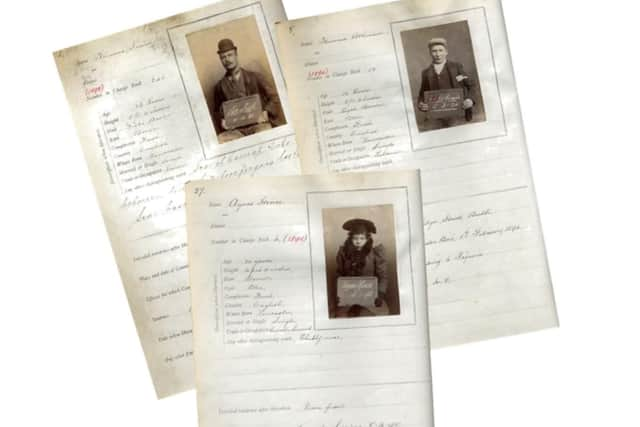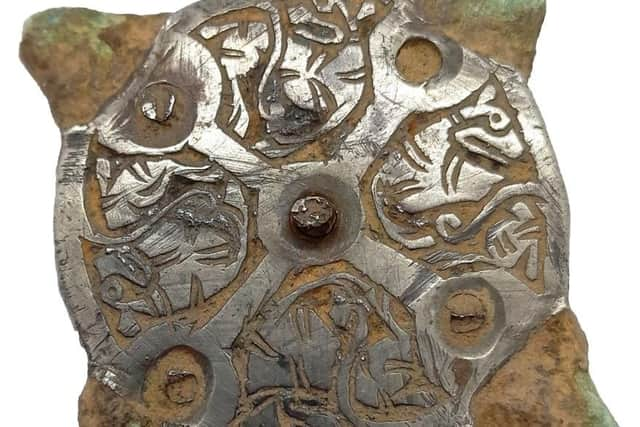Public asked to vote on their favourite historical objects as Lancaster museums mark 100 years
and live on Freeview channel 276
To mark its centenary year, the museums team has produced a collection of 100 podcasts, released weekly since January 3, featuring local people, specialists and the museum team talking about their favourite objects from the collection, including the diary of the infamous Lancaster murderer Buck Ruxton.
But now, the public are being asked to vote on their favourite pieces, which have been shortlisted and currently on display in the 100 Years, 100 Objects: Your Favourite Object From The Collections Of Lancaster City Museums. Residents can vote online at https://keepconnected.lancaster.gov.uk/100-years-of-lancaster-city-museums
Advertisement
Hide AdAdvertisement
Hide AdFrom the Pre-Roman era to second world war to today, the objects have been selected to represent the breadth of the collection held at the museums and tell the stories of our rich history.


The exhibition includes an unusual piece of jewellery, thought to be a fertility charm, which lay buried in Lancaster city centre for more than 1,500 years.
Clues about what life was like in one of the least-understood times in our local history, the 9th Century, are brought to the fore with a Century Mount which was discovered in Carnforth in 2012.
And, it also features a very rare example of a 17th Century seal matrix, used to seal documents, which features the head of an enslaved person, was found in October 2022 by a local metal detectorist.
Advertisement
Hide AdAdvertisement
Hide AdThe exhibition, which opened last week, also includes a Victorian Police Criminal Ledger Book, which lists and displays pictures of local people who broke the law between 1893 and 1899, representing individuals not often characterised in our collection, such as the working class and women.


Objects and paintings were given to the city of Lancaster by the Storey Institute and a handful of private donors, which led to the opening of Lancaster City Museum on November 5 1923.
Coun Catherine Potter, cabinet member with responsibility for the visitor economy, community wealth building and culture, said: “The objects ultimately belong to the people in our district, and so this exhibition is a great opportunity not only to see a new exhibition, but to let us know which parts of our local history they really like and the local stories they love.
“This special celebration of 100 years will shine a spotlight on the rich - and sometimes dark - history of our district and has already brought together community groups, university students and experts, who have brought objects and stories alive through the popular 100 podcasts.
Advertisement
Hide AdAdvertisement
Hide Ad“We hope that this exhibition and all of the special events to mark the centenary in November will increase a sense of ownership of our collections in the local community.”
The exhibition opened on October 1 and can be viewed across both Lancaster City Museum and the Maritime Museum.
The Cottage Museum and the Maritime Museum were opened in the 1980s.